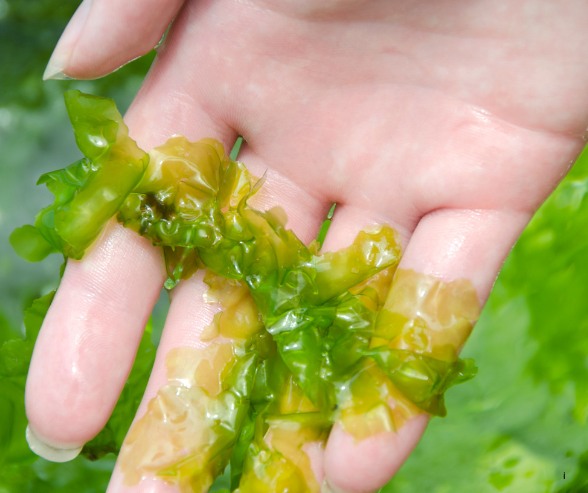Free
Forage a Feast
Discover and safely forage a wild edible. Learn to identify, harvest, and prepare it sustainably. It could be from the coast or inland.
INDIVIDUALS: 10 Points
SCHOOLS: 100 Points
Challenge dates
5/5/2025 - 31/7/2025
- Hosted by : Planet Earth Games
overview
Discover and safely forage a wild edible . Learn to identify, harvest, and prepare it sustainably. It could be from the coast or inland. Before you do…
- Know before you pick – Never eat anything unless you're 100%
sure it's safe.
- Leave no trace – Take only what you need, leave plenty for
wildlife.
- Avoid protected sites – Check local by-laws and avoid SSSIs.
- Use a foraging guidebook/app for extra help
Here’s some examples you could look for:
- Elderflower – find in hedgerows, woodland edges, countryside
lanes with a creamy-white flower heads to make cordial or syrup, add to pancakes
or infuse in gin. Avoid flowers near roads.
- Wild Garlic – find in damp woodlands, near streams. It has broad
green leaves, strong garlicky smell and white star flowers. Use in pesto, stir
into risotto, or add to salads and butter. Never confuse with poisonous lily
of the valley.
- Sea Lettuce - attached
to rocks in clean tidal zones. Bright green, thin sheets like tissue paper,
rinse and dry for seaweed crisps or stir into miso soup. Only collect from
clean, unpolluted waters and rinse thoroughly.
- Wild Strawberries – find in sunny banks, forest paths, edges of meadows. Tiny fruits, low growing with white flowers. Eat fresh with yoghurt or cream
- Wild tea - pick mint or nettles from green spaces, try to avoid places near the pathwayss where dogs might have been walked
- Chicken of the Woods (Fungi) -
On trunks of oak, beech, or chestnut trees (May–July). Bright yellow-orange
shelves, soft texture. Cook thoroughly, often used as a veggie chicken
substitute. Avoid from yew trees – may be toxic.
What's THE PROCESS?
- Register your interest in each challenge
- Take part
- Submit photo or video evidence of completing the challenge
- Once approved by our administrators, collect points and badges
- See how you measure up on the leaderboards
- Sleep
- Repeat
POINTS FOR INDIVIDUAL SUBMISSIONS:
How many points can I win for each challenge?
- 10 points for completing a virtual challenge and submitting evidence
- 10 points for attending an in-person challenge and submitting evidence
- 20 points for suggesting your own challenge and it being successfully accepted by Planet Earth Games
- 25 points for completing a challenge that coincides with an environmental occasion (e.g. Earth Day) as identified by Planet Earth Games
- 50 points for completing a challenge that lasts one week or more as identified by Planet Earth Games (e.g. Veganuary)
POINTS FOR PRIMARY AND SECONDARY SCHOOL GROUP SUBMISSIONS:
How many points can our school win for each challenge?
- 100 points for completing a virtual challenge and submitting evidence
- 100 points for attending an in-person challenge and submitting evidence
- 250 points for completing a challenge that coincides with an environmental occasion (e.g. Earth Day) as identified by Planet Earth Games
- 500 points for completing a challenge that lasts one week or more as identified by Planet Earth Games (e.g. Veganuary)
Earn badges:
There are 8 challenge themes each represented by a different badge:
Good Health and Wellbeing
Affordable and Clean Energy
Sustainable Cities and Communities
Responsible Consumption and Production
Climate Action
Life Below Water
Life on Land
Partnerships for the goals
When you complete 3 challenges within the same theme you earn the corresponding badge.
EARN PLANET CHAMPION STATUS BADGES:
Keep earning those points! For each milestone you reach, you will be awarded a Planet Champion Status badge.
Track your progress on your profile page.
250 points
500 points
750 points
1500 points
3000 points
